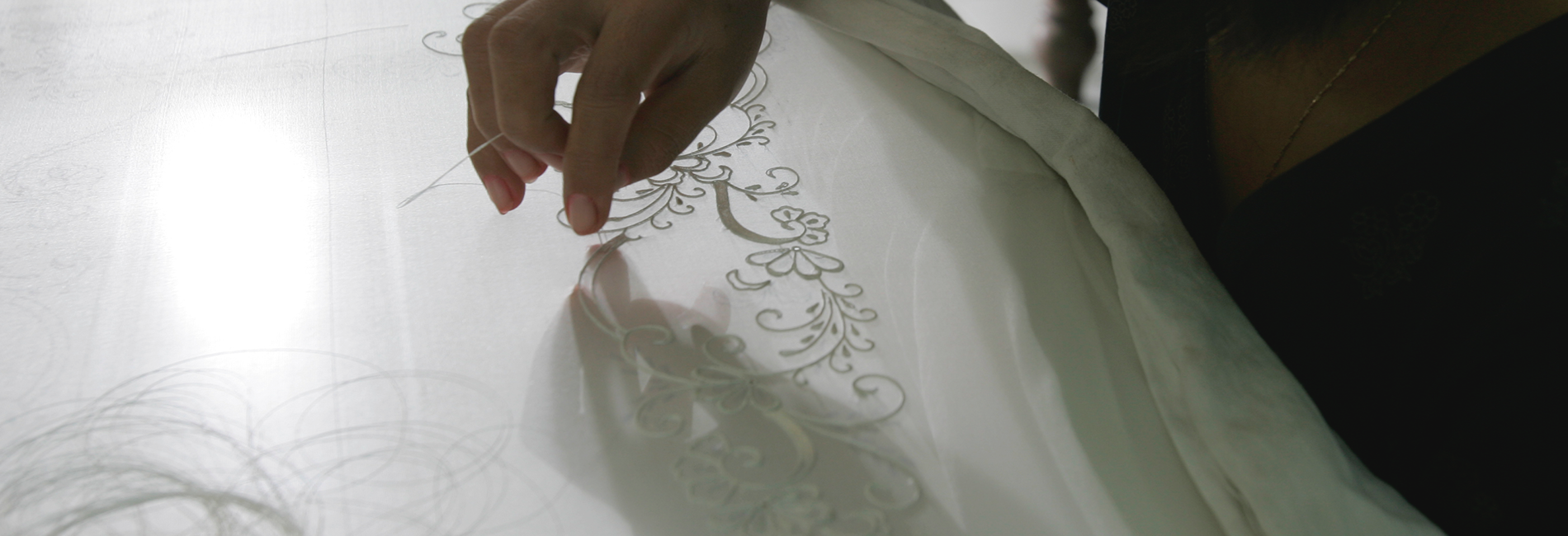
Embroidered Stories: The Cultural Significance of Barong Tagalog Patterns
In the world of the Barong Tagalog, every stitch tells a story, and the intricate embroidery adorning this traditional Filipino garment is a canvas for cultural narratives. This article explores the captivating tales woven into the fabric of the Barong Tagalog, celebrating the rich patterns that make each piece a unique masterpiece.
Embroidery on the Barong Tagalog is an art form that goes beyond mere aesthetics—it is a cultural language. The patterns often depict local flora and fauna, reflecting the biodiversity of the Philippines. From the delicate outline of a coconut tree to the vibrant colors of tropical flowers, the embroidery captures the essence of the archipelago’s natural beauty.
Beyond the representation of nature, geometric patterns in Barong Tagalog embroidery carry deeper meanings. These symmetrical designs often symbolize unity, balance, and harmony within Filipino communities. The meticulous placement of each line and curve is a nod to the interconnectedness of Filipino society and the importance of shared values.
The craftsmanship behind Barong Tagalog embroidery is a testament to the skill and dedication of local artisans. Passed down through generations, this art form preserves traditional techniques while allowing for creative innovation. Artisans invest time and effort in perfecting their craft, ensuring that every Barong Tagalog tells a story not only of the wearer but also of the skilled hands that brought it to life.
The embroidery on the Barong Tagalog is not just an embellishment; it is a form of cultural expression. It serves as a visual language, allowing wearers to convey their heritage and individuality. The Barong Tagalog becomes a wearable canvas, and each wearer contributes to the ongoing narrative of Filipino identity, adding a personal touch to a shared cultural heritage.
As fashion evolves, contemporary designers are incorporating modern elements into Barong Tagalog embroidery, creating a fusion of tradition and innovation. This dynamic approach ensures that the garment remains relevant to younger generations, sparking renewed interest in the cultural significance of the Barong Tagalog and its intricate embellishments.
In conclusion, the embroidery on the Barong Tagalog is a living testament to the rich cultural tapestry of the Philippines. It is a celebration of nature, a reflection of societal values, and a canvas for individual expression. As the threads of tradition continue to intertwine with contemporary influences, the Barong Tagalog remains not just a piece of clothing but a vibrant symbol of Filipino identity, stitched with stories of the past and aspirations for the future.
Related Stories
Weaving Tomorrow: The Timeless Charm of the Barong Tagalog
Step into the world of the Barong Tagalog, where tradition dances with the future, creating…Draping Elegance: Famous Personalities and the Barong Tagalog
The Barong Tagalog, an embodiment of Filipino elegance, has graced the shoulders of numerous notable…The Barong Tagalog: Personalized and Modern Barong Styles
For one, personalized styles that emerged in different periods are still in vogue. Except for…Threads of Time: Unraveling the Rich History of the Barong Tagalog
In the tapestry of Filipino culture, the Barong Tagalog stands as a distinctive thread, weaving…

